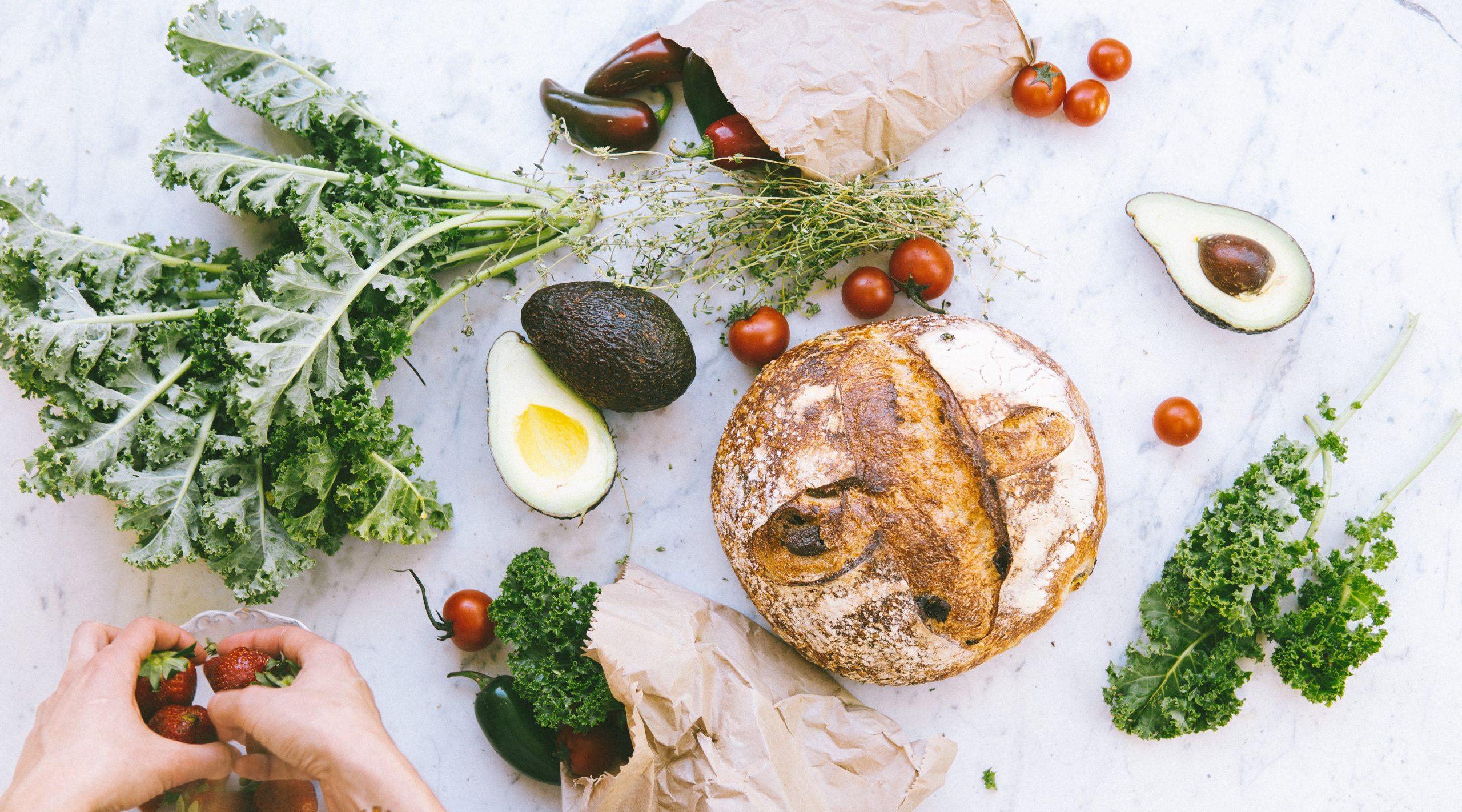The Ketogenic Diet – All you need to know

The Ketogenic diet is a low-carb, high-fat diet, that has been getting a lot of attention recently.
The ketogenic diet allows you to eat delicious, high-fat foods like eggs or bacon while cutting sugars. This makes for a healthy and pleasant diet that can kick weight loss into overdrive.
What is a ketogenic diet?
A ketogenic diet is a combination of a very low carbohydrate intake, which is replaced by a high fat intake.
This reduction in easily digestible carbs like sugar or white bread, makes the body go into something called ketosis.
ketosis is a metabolic state, where the body becomes extremely proficient at burning fat. It does this by using chemicals called ketones. These are made in the liver under ketosis. The ketones are made by burning fat, and they are the energy that your body then uses instead of sugars.
Health benefits of Keto
If you go on the ketogenic diet it brings with it a lot of healthy changes for your body. These changes come about as a result of something called ketosis.
When your body is in ketosis, studies have shown that your blood sugar and insulin levels fall dramatically. This is a healthy thing for most anybody but can be especially beneficial if you suffer from diabetes. (1)
Other studies have shown that an increased level of ketones in the blood can actually help with certain cancers and Alzheimer’s disease.
Keto diet Macros
The most popular way of doing a keto diet is the Standard ketogenic diet. This consists of 70% fat, 20% protein, and 10% carbohydrates.(n) This ratio can be tweaked and customized to fit your needs, but should always be done with the help of a trained dietician or medical professional.
One way of doing this is to find out your maximum daily intake of carbs to reach ketosis. (2) This is different from person to person, but is usually around 20-50g of carbohydrates a day
Ketosis
Ketosis is a metabolic state where your body burns fat for energy, instead of sugars. Your body can undergo ketosis if you highly restrict your intake of sugars, essentially forcing your body to burn its deposits of fat.
In practice, this will only happen when sugars aren’t available. This is because sugar or carbohydrates are among the most easily digested foods.
Going on the Ketogenic diet sets up the perfect environment for your body to reach ketosis.
However, there are ways you can help the process along beside the ketogenic diet. For example, intermittent fasting helps. This is because intermittent fasting reduces your intake of food completely during certain timeframes. This leads your body to have to burn fat as sugars are quickly used by the body during fasts.
How to start a ketogenic diet
Starting on a ketogenic diet can seem like a daunting task, but in reality, it is really easy. Unlike with many other diets, you still have access to very tasty and filling foods.
Here are some of our tips to get a good start on a ketogenic diet:
- Keto snacks: Have some snacks ready during the day! Things like: Nuts, Sushi, Keto-Snack bars, Dark chocolate and beef jerky are all good options
- Meal preparation can save you the trouble of coming up with a keto-friendly meal during the day, and can even save you cookingtime during your week.
- Reading labels: Reading labels can help you avoid high-carb foods. Pay special attention to the sugar, fat and protein levels on the food labels.
Foods to avoid
The hardest thing about a ketogenic diet is avoiding high-carb foods. Many of the processed foods you find in supermarkets have a very high carbohydrate count. So when out shopping pays a little extra attention to what is often termed “energy” on the nutrient infobox. Other than that, going on a ketogenic diet should be an easy and healthy journey.
Foods to avoid:
- Sugars and sugar-heavy foods (cakes, fastfood, icecream, candy
- grains or starches: Bread, rice, pasta, etc.
- root vegetables and tubers: potatoes, sweet potatoes, carrots, etc.
- beans or legumes: peas, kidney beans, lentils, chickpeas, etc.
- fruit: all fruit, except small portions of berries like strawberries
- low fat or diet products: low fat mayonnaise, salad dressings, and condiments
- some condiments or sauces: honey mustard, teriyaki sauce, barbecue sauce.
- unhealthy fats: processed vegetable oils (like rapeseed, corn, canola etc), mayonnaise, etc.
- alcohol: beer, wine, liquor, mixed drinks
- sugar-free diet foods: If there are a sugarfree version of a food, you should probably avoid it. Diet coke, artificial sweeteners, sugar-free candies, etc.
High fat, healthy foods
On a keto diet, you want foods high in good fat and low in carbs.
- Avocado:
- Low carb vegetables: Pumpkin, Kale, Spinach, Bell peppers, Arugula, Zucchini, Brocolli, Cauliflower, Celleri
- Meat:
- Fish and shellfish: Salmon, Clams, mussels, octopus
- Eggs
- Cheese: Cream cheese, blue cheese, mozarella, Pepper Jack, Feta, Parmesan
- Oils: Coconut oil, extra virgin olive oil.
- Nuts and seeds: Almonds, walnuts, hazelnuts, etc.